Trade requires discussion and consultation. Not unilateral action
RN Bhaskar
The government has been seesaw-ing quite a bit during recent months. Some of them will hurt India in many ways. And there are serious implications for the future of trade and commerce, even the Indian economy.
Of course, there are government spokespersons who continue to talk about India being the inevitable destination for investments. Not true, said these columns (free subscription – https://bhaskarr.substack.com/p/fdi-figures-tell-many-tales?sd=pf). You even have the government telling everyone who cared to hear that it will soon become a $5 trillion economy. True, reaching $5 trillion economy is not difficult, especially when India has a population of 1.4 billion. Even Rs.10 a year, collected through indirect taxes like GST, will mean Rs.14 billion reaching government coffers. But will that enrich Indians? That is where per capita GDP kicks in. And the picture could be a bit bleaker.
This is because, growth in per capita GDP requires education, which in turn helps Indians climb the value chain.
The current policies of the government suggest that this might become a bit more difficult than estimated just last year.
This year, the government chose to bring about a ban in the import of computers (https://www.business-standard.com/opinion/columns/perspectives-on-industrial-policy-123082301031_1.html). “Earlier this month, the Directorate General of Foreign Trade of India notified licensing requirements for imports of electronic goods, such as laptops, tablets, and certain computers. These restrictions are in addition to the already high tariffs, which are the highest among competing economies.”
There is another problem when the government chooses to ban import of electronic items, and increase the import duties on computers. India desperately needs more computers, if it must encourage its young population to learn more about the world.
This is because the state of India’s education in government owned schools is near pathetic (free subscription — https://bhaskarr.substack.com/p/the-state-of-education-in-india). One of the worrisome indicators is that many of the schools do not even have internet facilities and computer classrooms. As the table shows, of the 10,22,386 government schools in India, only 2,47,000 schools (or 24% of the schools) have internet connectivity. If one considers the number of schools with smart classrooms (the government’s own definition, as this data comes from statements made by the government before the Parliament) only 1,47,670 schools (or 14% of the schools) meet expectations. With 86% of the schools requiring computers, internet connection and smart classrooms, the import duty on computers and the ban on electronic items will savagely hit future generations of this country.
This raises questions about India’s ability to maintain even the current rate of economic growth. Do bear in mind that much of the growth in adult literacy has been due to the mobile phone and computers. It was computers and the internet that allowed fisher-folk in the fishing village of Krishnapattinam to upgrade into savvy traders during the 1990s. It was SMS messages sent by companies like Chitale, Netafim, Jain Irrigation and Mahindra to farmers educating them on how to grow plants or rear livestock, that compelled these populations to learn how to read, if not write. Now the government wants to make access to computers and electronic gear that much more difficult.
Agriculture
Even on the agriculture front, the government has been waffling. Take the following instances:
On 2 May 2022, the prime minister told global audiences from a Berlin platform that Indian farmers are ready to feed the world (do watch the video that can be found at https://twitter.com/samjawed65/status/1525819680623058944?lang=en)/ The full video can be accessed from https://www.youtube.com/watch?v=JYQ-fBTZs9Y).
But on 13 May 2022, India banned wheat exports (https://www.youtube.com/watch?v=8leZ2ntMc4M). Then on 20 July 2023, India banned non-basmati rice exports (https://www.youtube.com/watch?v=cAgekMq0_Bc). And on 19 August 2023 India slapped a 40% duty on onion exports (https://www.youtube.com/watch?v=CdvELv0aeYM). It then decided to import onions to cool domestic prices, which led to major farmer protests. Currently, the government is considering acquiring onions from Indian farmers,
Such waffling is avoidable if there is proper discussion and consultation.
When such major policy decisions take place without consultation, India’s trade is bound to get hurt badly.
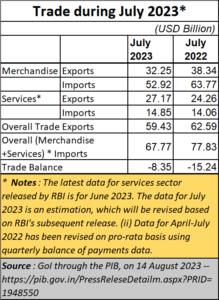 Trade balance and global trade
Trade balance and global trade
Government spokespersons refuse to admit that there is a crisis. Says the government-owned Press Information Bureau (PIB) in its press release (https://pib.gov.in/PressReleseDetailm.aspx?PRID=1948550) stated that “India’s overall exports in July 2023 is estimated at USD 59.43 Billion, despite global headwinds. Overall trade deficit improves by 45.22% during July 2023 to USD 8.35 Billion from USD 15.24 Billion in July 2022. Merchandise Trade Deficit also improves by 18.74% at USD 20.67 Billion in July 2023 as compared to USD 25.44 Billion in July 2022.”
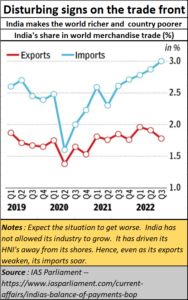 That looks good. But when a longer-term perspective of India’s trade is considered, the furrows on the brow are likely to deepen.
That looks good. But when a longer-term perspective of India’s trade is considered, the furrows on the brow are likely to deepen.
Just consider the way India’s share of global trade has worsened. Its share of global imports has soared, while its share of global exports has not taken off. This is not a very comforting picture.
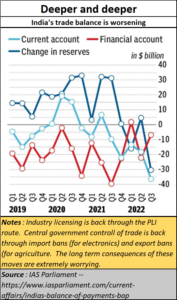 The picture begins to appear extremely worrisome when one looks at actual numbers and trend lines. That is where you begin to realise the India desperately needs the trade and industry to sit with the government and advise it on how to manage the economy.
The picture begins to appear extremely worrisome when one looks at actual numbers and trend lines. That is where you begin to realise the India desperately needs the trade and industry to sit with the government and advise it on how to manage the economy.
Farm follies
That is where India’s policies on agriculture too become worrisome.
It is important to realise that India needs to fortify its agriculture for two major reasons. First, it employs over 50% of its population. A healthy agriculture means more purchasing power, which in turn will mean more business for industry. That is the easiest way to improve the country’s consumption picture.
Healthy agriculture means allowing farmers to grow more based on futures indicators on commodity markets. But the government has banned commodity futures in a large number of crops (https://asiaconverge.com/2022/10/the-folly-of-banning-futures-trading-in-commodities/). The farmers are now compelled to live off government grants and subsidies, instead of becoming savvier to link agricultural production with future market prices.
At the same time, the government’s policies on milk and cattle have not helped farmers either (https://asiaconverge.com/2023/01/sodhis-resignation-has-dire-warnings-for-agriculture-and-milk/). That in turn has affected farm profits, hence purchasing power. In turn this causes the economy to weaken.
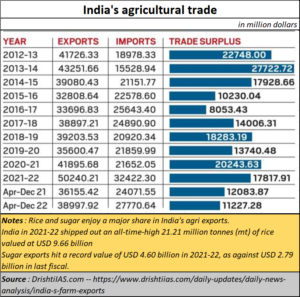 But the waffling on agriculture exports and imports is likely to hurt India even more.
But the waffling on agriculture exports and imports is likely to hurt India even more.
This is because people do not immediately realise how much agriculture contributes to the (declining) exports from India.
Together, rice and sugar account for almost $12 billion in exports. This will hurt India in three ways.
First, it ruins India’s credibility as an exporter because its traders cannot meet their commitments to importers overseas.
Second, it hurts India’s already weak exports.
Third, it hurts farmers, who have already been suffering hugely on account of reduced purchasing power.
This columns have talked about the need for India to urgently review its exim policies (https://asiaconverge.com/2023/04/indias-confused-exim-strategy/).
This time, the need for a review is more urgent than ever before.





























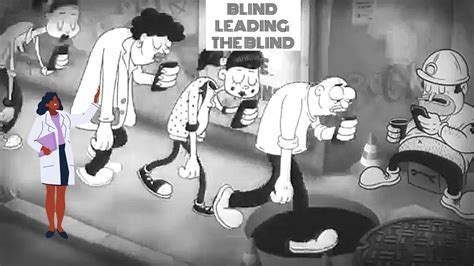
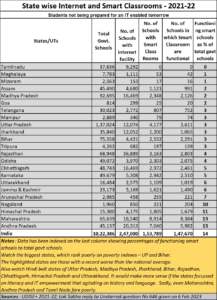







COMMENTS